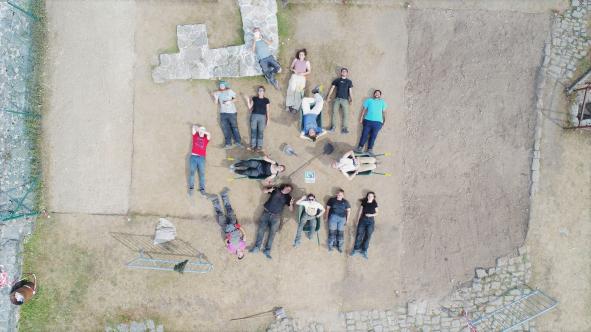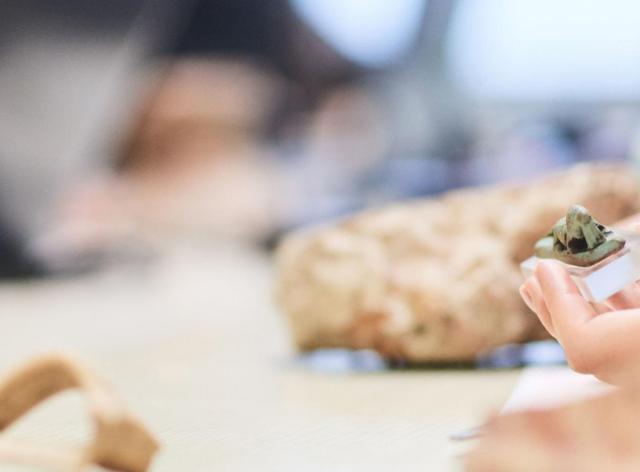The Department of Archaeology and Art Sciences was founded in 1961 by A. Ghéquière, s. j., who for many years provided almost all the teaching for students of both candidacies. Initially, all students had the same curriculum, so their training covered all aspects and periods of Art History and Archaeology.

Gradually, other teachers became involved in the program and, in 1983, the department expanded and diversified. From this date onwards, students chose, from the first year onwards, between two options: the first covered Antiquity, while the second considered the art and archaeology of the Middle Ages, Modern Times and the Contemporary Era.
The number of students, teachers and researchers grew steadily, and research became more diversified. New courses were introduced: excavation techniques, Gallo-Roman and early medieval archaeology, contemporary art, questions of Art History and Archaeology and an introduction to photography, archaeological surveying and drawing. Visits to sites and museums and an annual trip were organized.
The introduction of the Bologna decree into the Belgian university system brought new changes for Namur's Department of Archaeology and Art Sciences, which now hosts all three years of the baccalauréat. The organization of the bachelor's degree allows the introduction of new courses, dealing with specific subjects such as museology, iconology, aesthetics and theories of art, heritage management, archaeological site management, building archaeology and archaeometry.
The Department, previously known as the "Department of Art History and Archaeology", has recently changed its name. The name "Archaeology and Art Sciences" is intended to better reflect the evolution of research methods, at the crossroads of the humanities and scientific disciplines.


